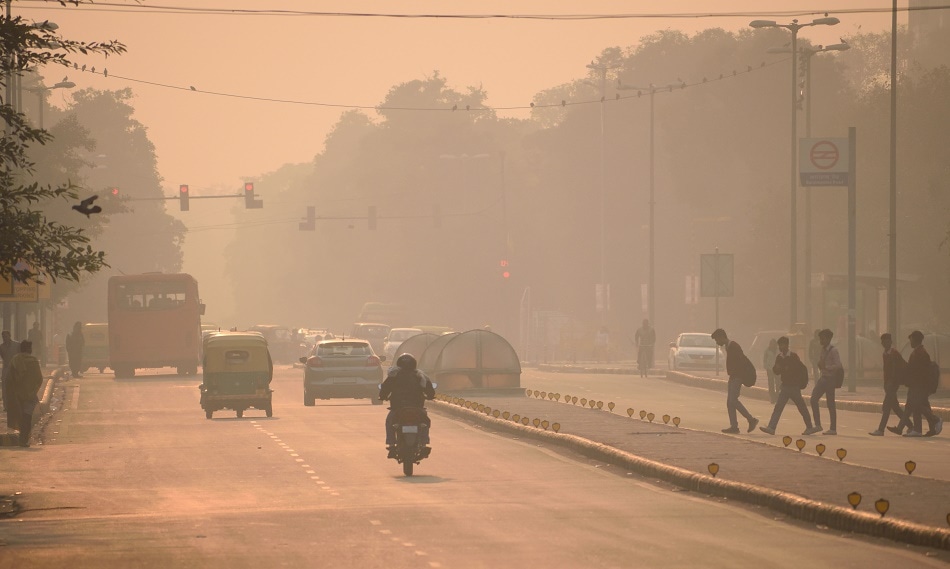
Image Credit: Saurav022/Shutterstock.com
New Delhi is in the midst of an air quality crisis, with levels being reported at up to six times that which is considered safe. Yesterday, almost all of the 37 air quality monitoring stations located in the city recorded the air as being ''very poor’’. Due to an increase in farmers burning field stubble accompanied by a change in wind direction, the category is expected to worsen by tomorrow, reaching the level of “severe.”
Toxic Smog Shutting Down The City And Diverting Flights
Toxic smog has been suffocating India’s capital city for days. Residents have been forced to stay at home, factories and schools have been temporarily closed, and flights have been diverted. Due to the dangerous level of pollution in the air, the country announced a public health emergency several days ago.
At this time of year, the air often becomes so contaminated that visibility is only possible up to 50 meters. Recently, air pollution levels have risen to an air quality index of 200-300, around six times the safe level of 50. Index scores last month were already hitting a worrying level of 400, arousing the concern of residents and government officials, with New Delhi’s chief minister describing the capital as a “gas chamber”. Yesterday, the capital’s air quality index (AQI) measured at 321 at 4 pm, this represented a worrying escalation from Saturday’s measurement of 283.
The immense rise in pollution levels has been attributed to an increase in the farmers burning field stubble, as well as emissions related to industrial production and vehicle use. The intense level of pollution isn’t expected to improve greatly until the beginning of next year. It’s a cause for concern not only because of the health concerns related to the unsafe levels of pollution, but also because it is having a negative impact on tourism, which is important for the country’s economy and had been showing promising growth.
A Multitude Of Causal Factors
While a rise in the incidence of stubble burning is being blamed for tomorrow’s predicted elevation from “very poor” air quality, to “severe”, there are a number of factors that have played a part in New Delhi’s air quality reaching this critical level.
At this time of year, as the average temperatures drop, the air becomes colder and the pollutants sit lower to the ground. In addition, India already has a marked problem with air pollution. Reports show that out of the world’s 30 most polluted cities, a staggering 22 of them are in India. In addition, data revealing the world’s polluted countries places India in third position.
India has numerous problems in the form of traffic, power plants burning huge amounts of fossil fuels, and heavy industries that have accumulated to get air pollution levels to their current concerning status. However, what’s pushing it even higher at this specific time is the burning of agricultural stubble, which farmers usually do in the autumn in India. This burning puts further strain on the country’s air quality, and it is what is currently edging it further towards a “severe” categorization.
Other heavily polluted countries have banned the practice of burning agricultural stubble due to recognition of its detrimental impact on air quality. It is this ban in China that is considered to be what has helped to keep China just outside of the top 10 most polluted cities ranking.
India would have to make some profound changes in order to improve its air quality and protect both the health of their citizens as well as protecting its tourism industry which has major implications on the country’s economy.
Disclaimer: The views expressed here are those of the author expressed in their private capacity and do not necessarily represent the views of AZoM.com Limited T/A AZoNetwork the owner and operator of this website. This disclaimer forms part of the Terms and conditions of use of this website.